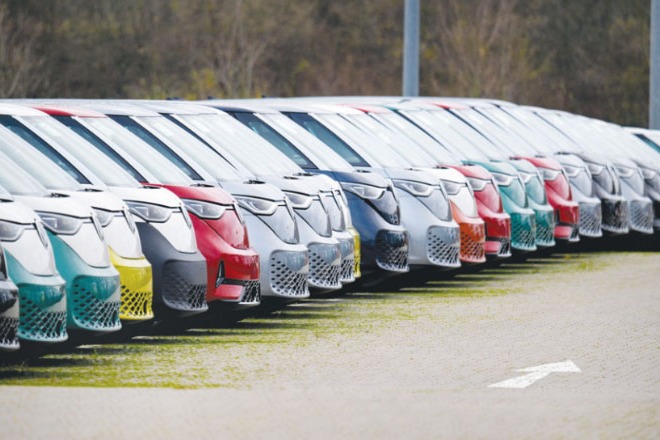Shorter negative lists in car sector show China opening up wider


China has released two shortened negative lists for foreign investment, reducing the number of items off-limits to foreign investors in the national negative list from 33 in the 2020 version to 31 in the 2021 version, and those in the pilot free trade zone negative list from 30 to 27.
In the new versions published on Monday, restrictions on foreign ownership in the passenger car manufacturing sector and the bar on foreign companies from entering into not more than two joint ventures in China for producing the same type of vehicles have been lifted. That means the whole sector is now open to foreign investors.
The move is expected to optimize China's business environment, enhancing the resilience of its industrial chains. The previous negative lists had outlined a timetable for lifting restrictions on foreign investments. The new lists show China has walked the talk.
China had drawn a road map for opening its passenger car market, giving domestic manufacturers sufficient time to prepare for the risks and opportunities that come with a more open market.
Statistics show that from 2018 to 2020, the average number of cars per 100 households in China increased from 33 to 37.1, and with other opening-up measures, the supply to the market is expected to gradually increase.
This move will sharpen competition in China's auto sector, encouraging domestic auto manufacturers to pursue innovation-driven development and provide more high-quality and affordable passenger cars and services. This is a concrete manifestation of taking the initiative to dovetail domestic trade regulations with international economic and trade rules to promote China's high-level reform and development through greater opening-up.
China's manufacturing industry has a high level of openness, but its transformation, upgrading and high-quality development cannot be realized without higher-level openness. Data show that the density of robots in China's automobile industry was 750 units per 10,000 workers in 2018, only about 60 percent of that in developed countries, meaning China has a lot of scope to increase the use of automation in the automobile manufacturing sector.
Greater opening-up is making China's automobile market a shared market for the world. And the two shortened lists indicate that China is opening up its door wider to the outside world and making institutional breakthroughs in improving the business environment. These will ensure the dual circulation development paradigm a success.
































